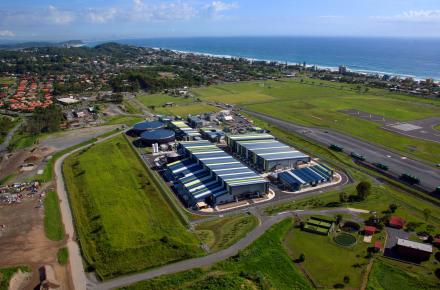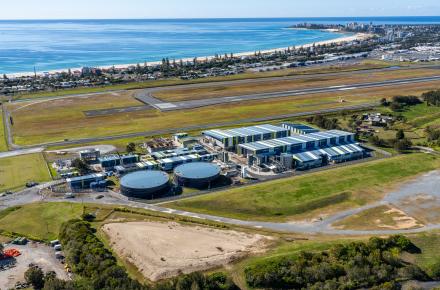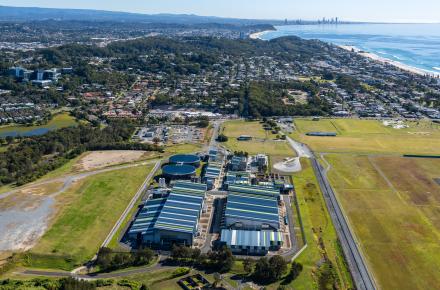Upcoming works
Geotechnical and soil investigations will begin on 19 May 2025 and last for a period of three weeks (weather and conditions permitting) to understand the composition of the soil and rock on site through the collection of soil samples. Workers will be onsite between the hours of 6am and 6pm.
What can I expect?
-
Increased number of workers on site
-
A drill rig on site
-
Occasional traffic management on the side street to the Gold Coast Desalination Plant, off Boyd Street
-
May experience intermittent noise and vibration
-
The drilling process will create small holes in the ground which will be filled in upon completion of the investigations
Keeping you informed
Thank you for your understanding and patience while these important investigations are completed.
Seqwater is committed to keeping the local community informed. To sign up for updates on the Gold Coast Desalination Plant Expansion Project, please visit the project web page or email [email protected] and ask to be added to the project update list.
For more information on the project, please contact:
-
Email: [email protected]
-
Phone: 07 3432 7000 (during business hours)




